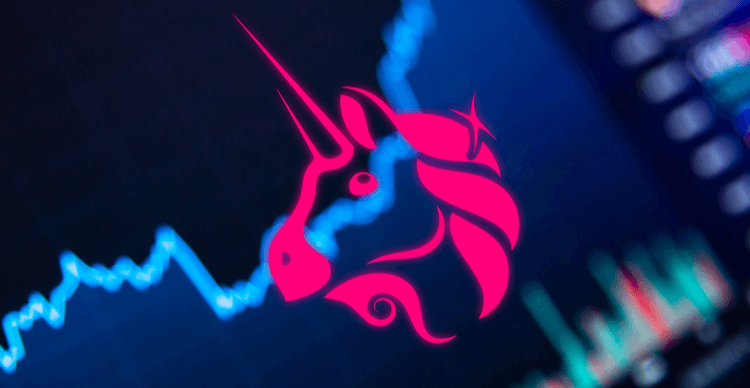Never Ending War on Cash | SchiffGold

In the last few decades, there has been a global shift towards a “cashless world,” a trend that continues to shape financial autonomy. Physical currency is becoming increasingly rare as the majority of the world’s money supply exists in electronic form. Governments and financial institutions are actively promoting a cashless society, raising concerns about individual financial freedom.
The Federal Reserve’s last annual update on physical currency in circulation reported about 2.2 trillion dollars in physical cash supply. This includes physical coins (dimes, quarters, dollars) and green Federal Reserve notes. Nevertheless, there has been a rapid shift towards electronic funds. In the current era, the total global money supply is predominantly composed of electronic funds, with physical currency representing a diminishing percentage.
The concept of Central Bank Digital Currencies (CBDC) in the last year has gained substantial prominence globally. IMF Director Kistalina Georgieva noted in her speech last year that CBDCs have already been introduced in The Bahamas, Jamaica, and Nigeria, with over 100 additional countries (including the United States) currently in the exploratory phase.
The push towards a cashless society is often justified on grounds of enhanced security, with claims that electronic transactions deter terrorism, money laundering, and counterfeiting. However, upon closer examination, it becomes apparent that the primary objective is an attempt to ‘bar the doors’ and keep assets within the US Financial System. Reduced reliance on physical cash facilitates increased monitoring and taxation of financial transactions, aligning with the government’s and central planners’ interests.
Interestingly, even with the diminishing purchasing power of the US dollar, the face value of Federal Reserve notes has also been decreasing. Today, the highest denomination note produced by the Federal Reserve is the $100 note. The elimination of higher denominations, such as $500, $1,000, $5,000, and $10,000 notes, began in 1969. Discussions continue, with some advocating for the complete discontinuation of cash.
Governments benefit from a cashless system as it allows for more efficient taxation and central planning, while banks see advantages in increased fees and regulatory power. A cashless society results in larger bank deposits, contributing to an expansion of the money supply through fractional reserve banking.
The move towards a cashless society raises concerns about individual control over personal wealth. Governments and large banks are likely to exert increasing pressure to discourage holding liquid wealth outside the banking system. Acquiring physical cash and precious metals may become more challenging, potentially reaching a point where coins and Federal Reserve notes are no longer considered legal tender.
Contrary to paper currency, the intrinsic value of precious metals, particularly gold and silver, has hardly been impacted by these government decisions. We talk more about this in our Confiscation Con white paper, here.
The use of gold and silver as money is determined ultimately by the free market and the free market alone.
As we continue to move towards a cashless era, it’s wise to contemplate shifting a larger portion of your electronic dollars into physical assets like gold and silver, particularly in anticipation of the impending Central Bank Digital Currency (CBDC). Gold and silver are the best historically reliable assets for safeguarding wealth, offering a prudent strategy to avoid becoming a casualty in the ongoing ‘war on cash.’
Call 1-888-GOLD-160 and speak with a Precious Metals Specialist today!








